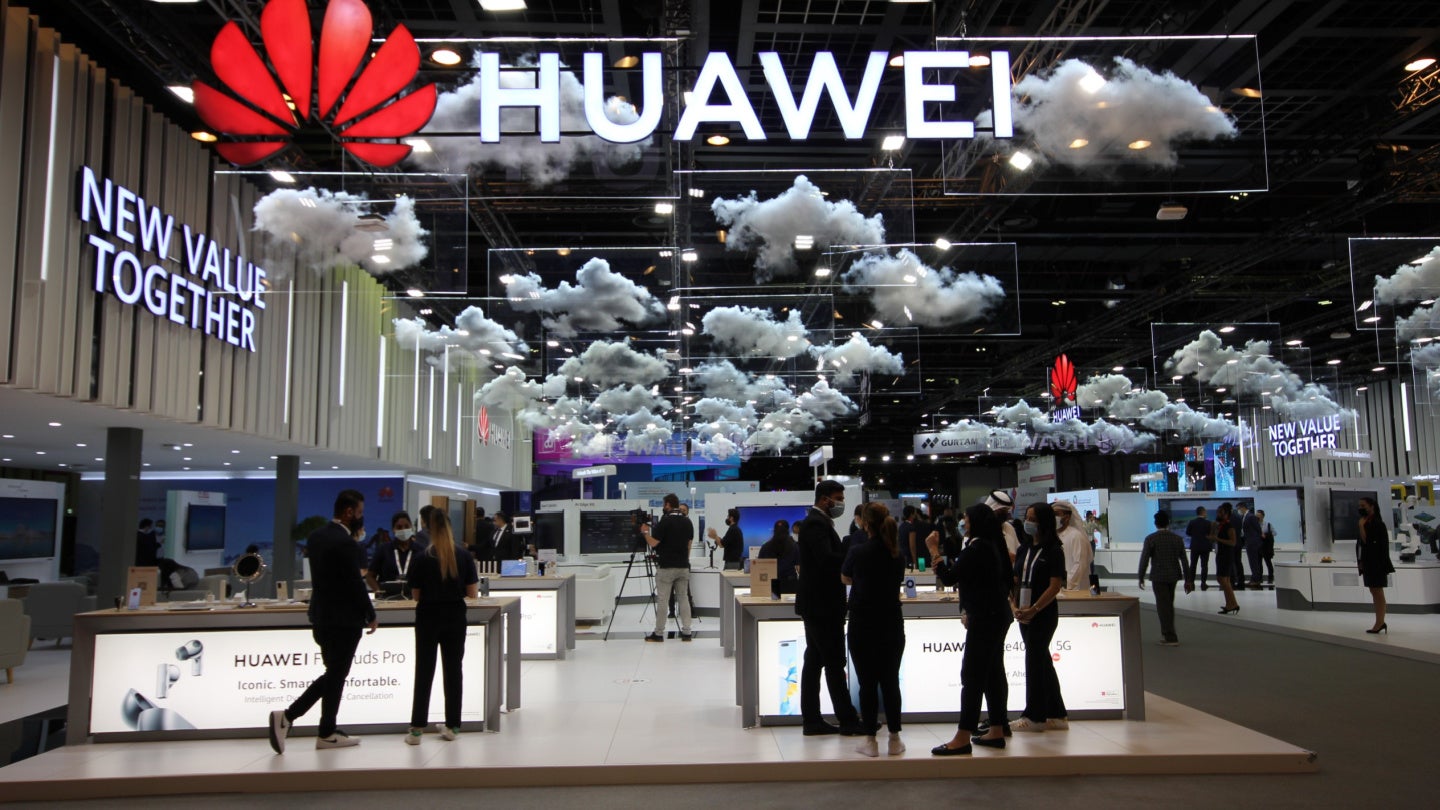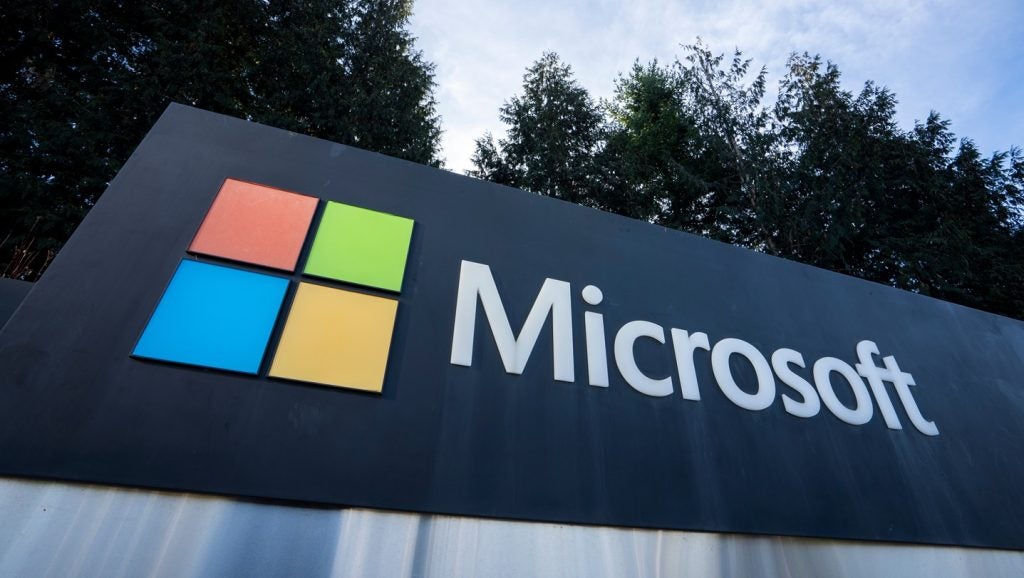
The Semiconductor Industry Association (SIA) has alleged that Huawei is building semiconductor manufacturing networks, in secret, across China.
According to a report by Bloomberg, the SIA warned the outlet about the issue during an in-person presentation by the group.
Huawei has acquired two existing semiconductor plants and is currently building “at least three others,” says the SIA.
Huawei’s secrecy may help the company evade ever-tightening US sanctions, warned the SIA.
At the beginning of this month (10 August), US President Joe Biden signed off on a ban which blocked all monetary investment into Chinese owned or manufactured technologies. This was in spite of the SIA’s attempted lobbying to end further US restrictions on China’s tech sector.
China has already responded to the US investment ban, calling it a “deprivation” of its right to economic development.
According to GlobalData analysis, Huawei has plenty of motivation to try and continue trading in the US.
Despite having global operations which span across multiple continents, Huawei continues to drive its main revenue from China. According to GlobalData analysis, in 2021 China accounted for 65% of the company’s revenue while Europe, the Middle East and Africa, Asia Pacific, Americas, and Others accounted for 20.6%, 8.4%, 4.6% and 1.4%, respectively.
“Dependence on a single region makes the company vulnerable to various risks associated with political and economic uncertainties in the region. Also, lack of revenue from other geographical regions limits the company’s ability to build diverse customer base,” according to the analyst.
GlobalData consultant analyst Michael Orme explains that US sanctions already caused Huawei’s “world beating” smartphone business to collapse in 2020. Despite this, Huawei still managed to return to a top five smartphone vendor in China this year.
“The drive now,” Orme explains, “is to return to market with fully fledged 5G phones based on its own powerful chips.”
The five plants the SIA have reported to Bloomberg would allegedly use sanctioned US production equipment to make the enabling seven nanometre or five nanometre chips, all the while, Orme believes, avoiding the US foreign entity list.
The US chip industry is already facing problems outside of Huawei due to isolationism.
The country is facing a shortage of skilled semiconductor labourers. A shortage that is only predicted to worsen, as recent studies predict that around 58% of semiconductor design and manufacturing jobs are at risk of going unfilled by 2030.
Considering this, GlobalData describes China’s heavy investment alongside its large talent pool and more accommodating data privacy regulations as the most “ambitious AI strategy of any nation.”
However, GlobalData do warn that China’s AI ambitions could be heavily “tempered” by growing US trade curbs. Huawei’s attempt at secrecy will make it harder for investors to transparently know where their money is going.
Looking forward, GlobalData predicts that AI Chip revenue will reach $130bn by 2030, shifting this category from 10% to 40% of the current global semiconductor market. It predicts that geopolitics will continue to impact this sector just as much as the generative AI surge.







